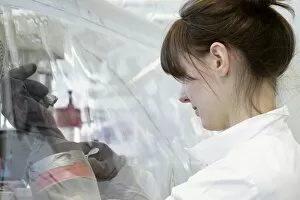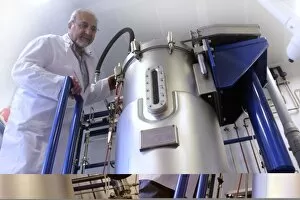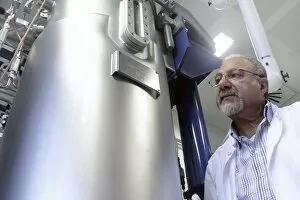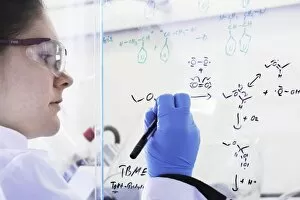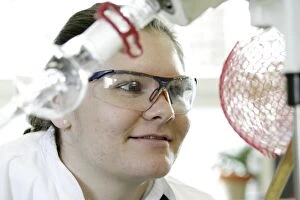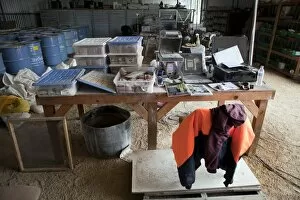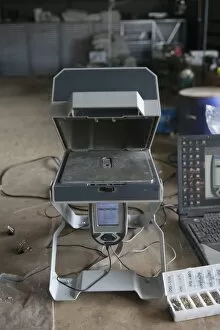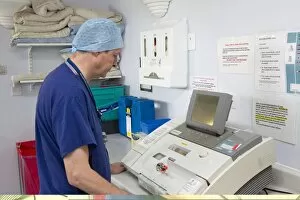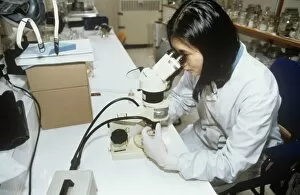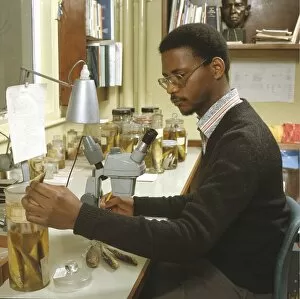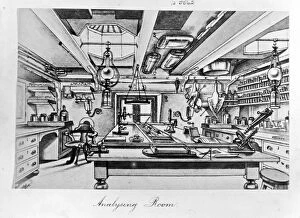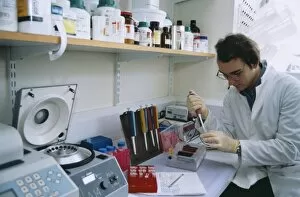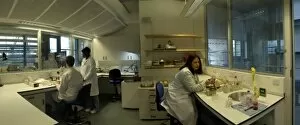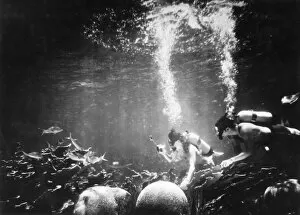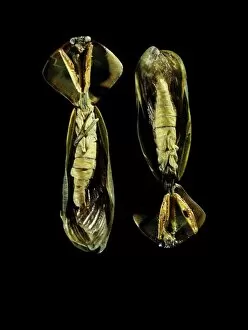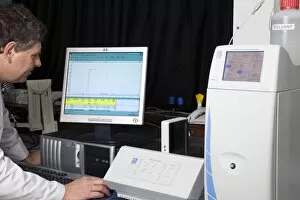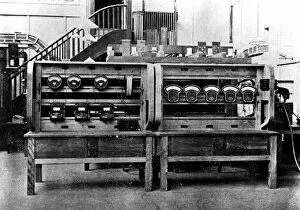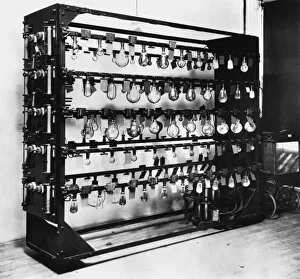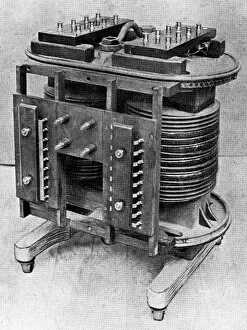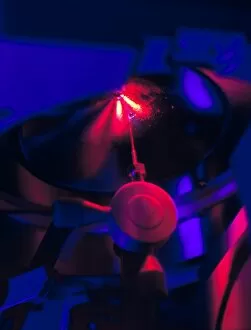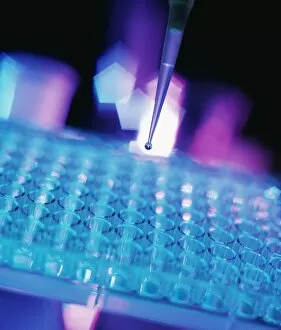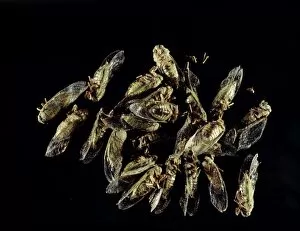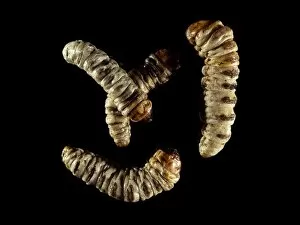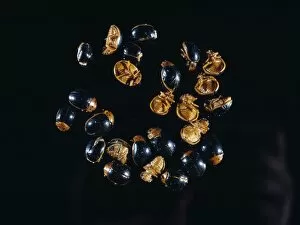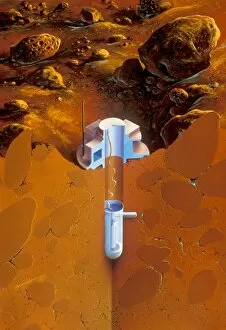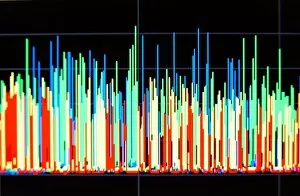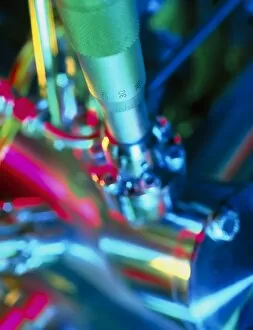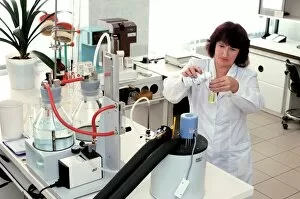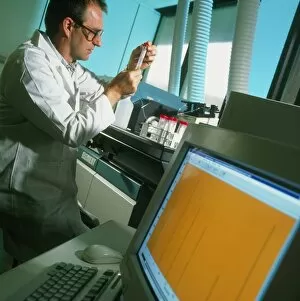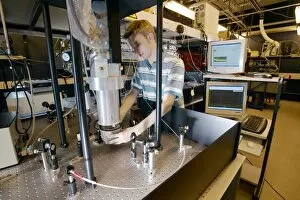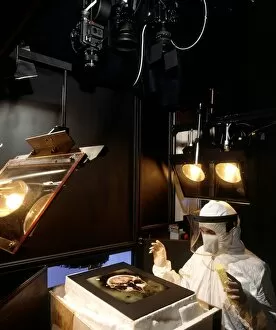Analysis Collection (#18)
"Unleashing the Power of Analysis: From Eadweard J Muybridge's Captivating Leap to Cutting-Edge Science" In 1887
For sale as Licensed Images
Choose your image, Select your licence and Download the media
"Unleashing the Power of Analysis: From Eadweard J Muybridge's Captivating Leap to Cutting-Edge Science" In 1887, artist Eadweard J Muybridge captured a remarkable moment of a man and horse defying gravity as they soared over a fence. Little did he know that this image would symbolize the essence – breaking down complex movements into individual frames for deeper understanding. Fast forward to 1954 when the mass spectrometer was invented, revolutionizing scientific analysis. This groundbreaking device allowed scientists to identify and quantify molecules with unparalleled precision, unlocking new realms of knowledge in chemistry and beyond. Meanwhile, William Hogarth's masterpiece "The Analysis of Beauty, " Plate 1, explored aesthetics through meticulous observation and examination. His work emphasized how analyzing beauty can lead to profound insights about human perception and artistic expression. Delving further into the realm of science, we encounter H-He-Hg emission spectra C017 / 7260 – an intricate pattern revealing the unique light signatures emitted by different elements. These spectra serve as invaluable tools for elemental analysis, enabling scientists to unravel mysteries hidden within matter itself. Mathematicians like Leonhard Euler and Augustin Cauchy dedicated their lives to analytical thinking. Their contributions shaped fields such as calculus and mathematical analysis, paving the way for countless scientific breakthroughs that followed. Venturing beyond Earth's boundaries brings us panoramic views of Mars – images meticulously analyzed by scientists seeking clues about our neighboring planet's past and potential future exploration opportunities. Back on our home planet, DNA autoradiograms showcase another facet – decoding life itself at its most fundamental level. These intricate patterns reveal genetic information crucial for medical research, forensic investigations, or simply satisfying our curiosity about who we are. Advancing technology has also played a pivotal role in expanding our analytical capabilities. The Wilkinson Microwave Anisotropy Probe provided unprecedented insights into cosmic microwave background radiation, shedding light on the origins and evolution of our universe.

